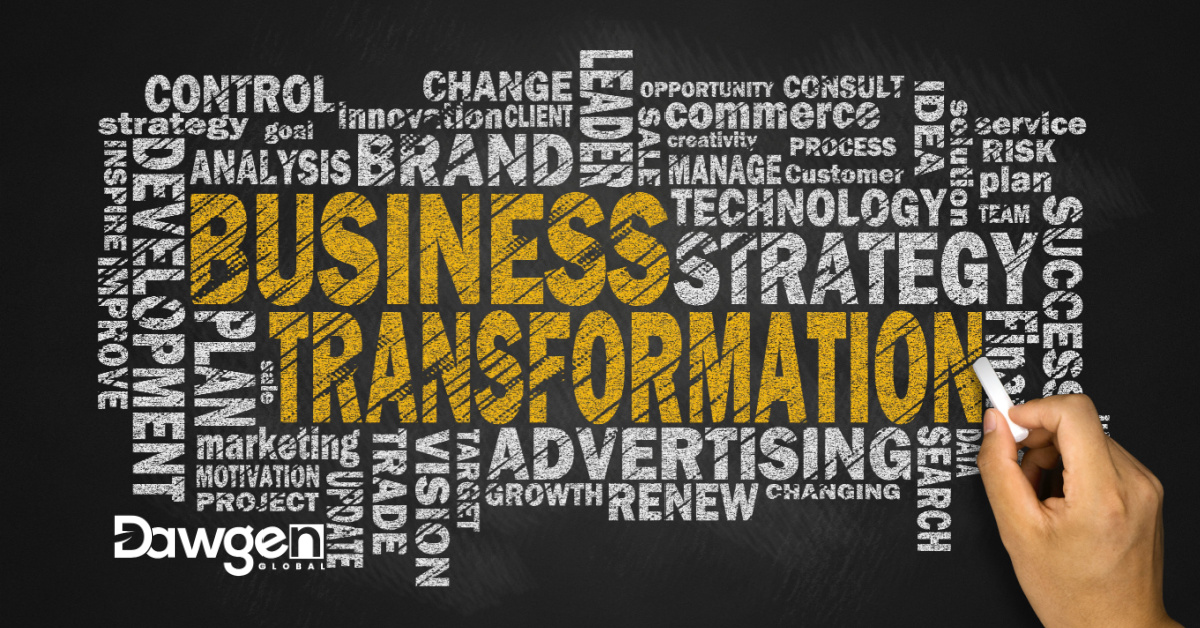
In the dynamic landscape of global business, organizations are in a continuous state of adaptation. This need for change is driven by evolving customer requirements, innovation, competitive dynamics, and regulatory environments. While incremental adjustments often suffice, there are scenarios where a comprehensive transformation is necessary—restructuring the entire business model and adopting a new strategic direction. Central to these organizational transformations is the concept of “Energy-to-Change.”
Understanding Energy-to-Change
“Energy-to-Change” is the aggregate of willingness, motivation, and energy within an organization to drive change. It’s a crucial factor determining the success of any transformation initiative. Dr. Dawkins Brown, Executive Chairman of Dawgen Global, encapsulates this idea aptly: “Energy-to-Change is not just about the intent to change but the collective force that turns intent into impactful action.”
The Three Pillars of Energy-to-Change
Energy-to-Change is driven by nine elements, categorized into three primary pillars:
1. Key Restraints on Energy-to-Change
Identifying and understanding the barriers to change is the first step. These restraints can be structural, such as outdated processes or technologies, or psychological, like resistance to change due to fear or uncertainty.
2. Ways to Release Restraints on Energy-to-Change
Addressing these restraints involves strategic planning and execution. This can include updating technology, revising policies, or fostering an organizational culture that embraces change.
3. Ways to Boost Energy-to-Change
Boosting this energy requires proactive efforts. It involves cultivating a sense of purpose, aligning organizational goals with employee aspirations, and ensuring continuous engagement and communication.
Elements of Energy-to-Change
Rational Energy-to-Change
This involves logical and strategic thinking. Rational energy is about aligning the change with the organization’s goals and showing the tangible benefits of the transformation.
Emotional Energy-to-Change
Emotional energy stems from the workforce’s feelings and attitudes towards the change. It’s fostered by creating a positive, inclusive, and supportive work environment.
Leadership and Business Transformation
Leaders play a pivotal role in driving the Energy-to-Change. They must not only articulate the vision and strategy but also lead by example, showing commitment and resilience.
To navigate the challenging waters of business transformation successfully, organizations must focus on harnessing and maintaining Energy-to-Change. This involves understanding and addressing the restraints, releasing them effectively, and continuously boosting the energy to adapt and evolve. Leaders must recognize the importance of both rational and emotional aspects of this energy, guiding their teams with clarity and empathy. As Dr. Brown suggests, it’s about transforming intent into action, a process where the collective energy of an organization becomes its greatest asset in embracing change.

